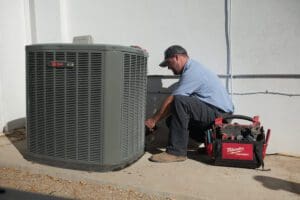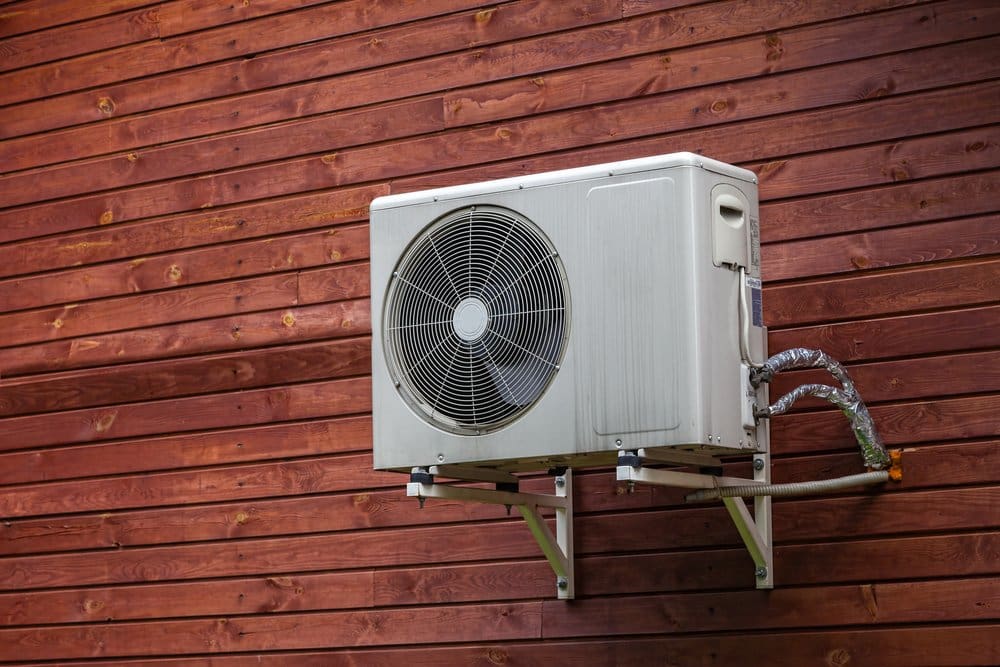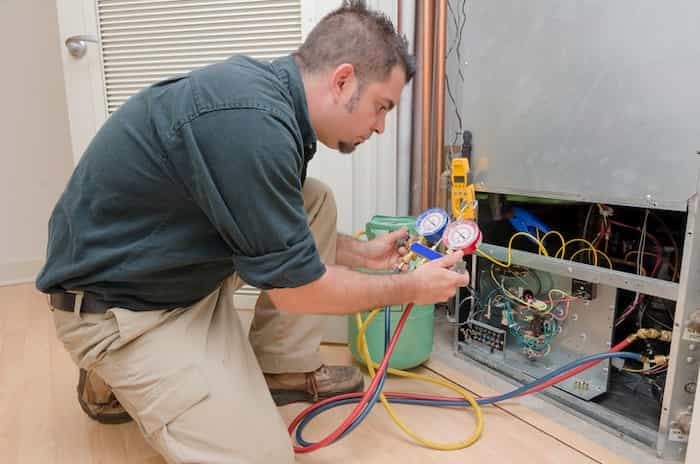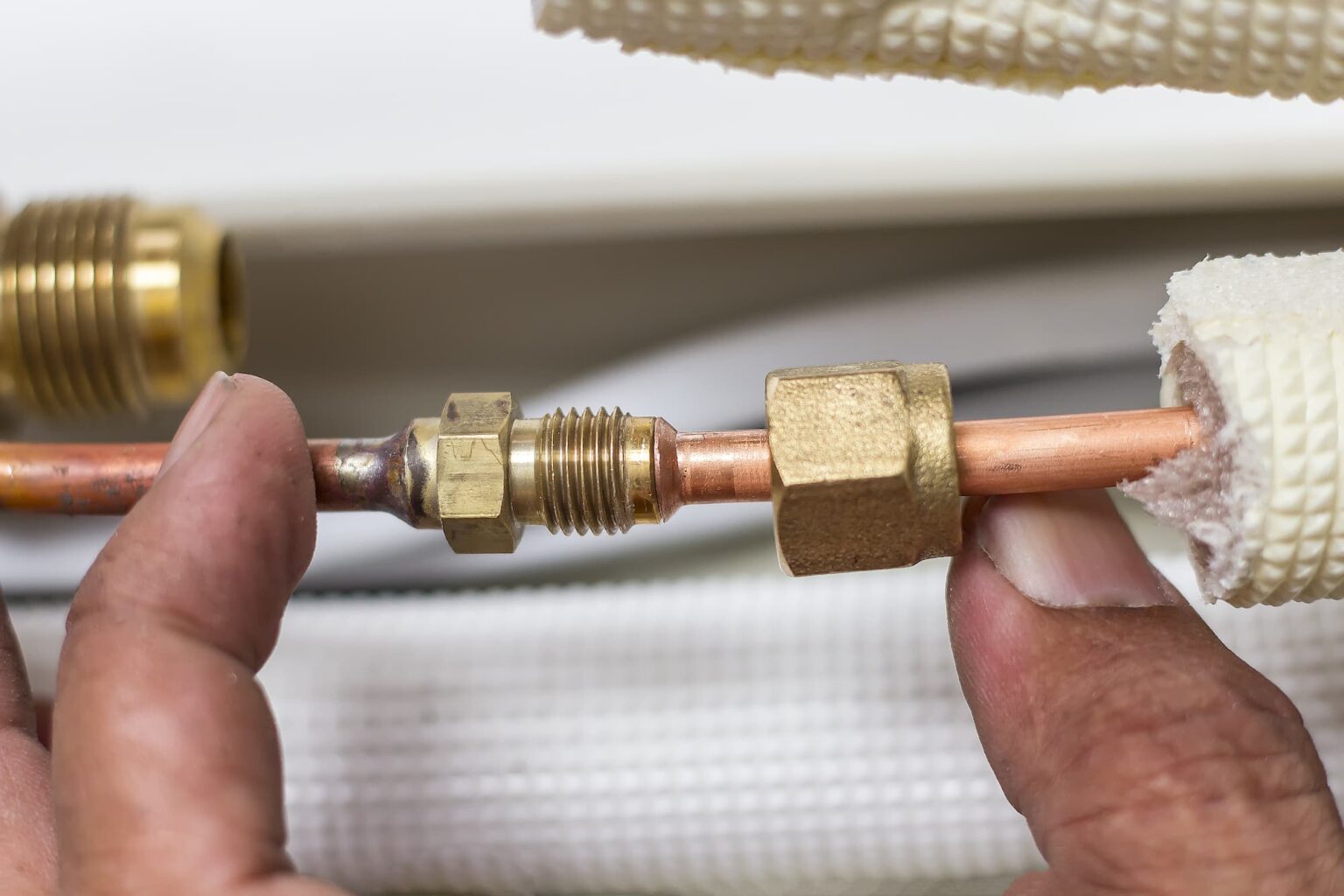You expect to hear water running when you flush the toilet, but you also hope to listen to it stop pretty quickly. If it doesn’t, it indicates a leak somewhere in your system.
- Your toilet has many plastic parts that wear down over time and need replacing.
- Sometimes leaks don’t make any noise at all, so it’s essential to keep a check on the components of your toilet.
- Repairing a leaking toilet requires the right tools and knowledge of how the system works.
A running toilet that keeps running all the time is a noisy nuisance, but it can be something much worse. It can waste a great deal of water and increase your household bills. So here are some things to consider when your toilet won’t stop running.
How’s the Water Level?
A running toilet indicates a leak somewhere in your system, but not all leaks make noise. You need a way to confirm the presence of a leak. Here are two possibilities.
- Checking the water level in your toilet gives you an idea of how much water you are losing due to the leak. The easiest way to measure is to mark the water line in the toilet bowl with a pencil and turn off the water supply to the toilet using the shutoff valve. After an hour or so, you should be able to see the difference in the water level. If the water level drops, you have a leak.
- An alternative is to put a few drops of food coloring in the tank. Then, after about an hour, you know you have a leak if you see the colors in the toilet bowl.
Once you’ve confirmed you have a leak, it could have many possible causes.
While there are a few diagnostic things you can check yourself, it’s best to call in a professional to confirm your suspicions and make the appropriate repairs to a running toilet.
How’s the Flapper?
Your toilet tank has a flapper valve inside. This part is a rubber structure that opens when you flush the toilet. As the water flows back into the bowl, the flapper closes slowly until it completely stops the water. To assess the condition of the flapper, lift the tank lid and touch the part to see if it’s soft and malleable. Don’t worry; the water in the toilet tank is clean.
If you find that the flapper is brittle or hard, then it’s probably not creating a good seal any longer and needs to be replaced. A leaky flapper is not indicative of any particular problem; most of these components should be replaced every few years as preventive maintenance, even if you don’t have a leak.
The toilet flapper has a chain on it that runs to the flush handle arm. The chain must be the right length. It can get caught between the toilet flapper and fill valve if it’s too long, preventing a seal from forming. This situation lets the water run instead of stopping, which results in the sounds of a continuously running toilet, with which you’re probably familiar. On the other hand, a chain that is too short holds the toilet flapper back and keeps it from forming the seal needed to stop the water flow.
The Day & Night Air Conditioning, Heating & Plumbing team can evaluate your system to see if the flapper mechanism is the problem and replace it if necessary. A new flapper should stop the leak in a running toilet. If the toilet is still running after fixing the flapper, the problem is elsewhere in the system.
How’re the Fill Valve and Float Ball?
Connected to the float arm is the top part of the fill valve and a float adjustment screw. You can recognize it because it’s the tall part that connects to the water supply line. This fill valve controls the water that flows into the tank. As the float drops, the valve closes to stop the water flow. This mechanism can play a part in a constantly running toilet in several ways.
- While the toilet is running, you can lift the float ball to see if it stops.
- Next, check the water level in the tank. It should not be so high that water can spill into the overflow pipe. The ideal water level is about two inches below the top of the tube. If the water level is too high, it’s probably the cause of the leak.
- Check the toilet’s fill valve to see if water is leaking from the top. Over time, this plastic part can wear down, especially in hard water. In-tank detergents can accelerate the deterioration of the components as well. When that happens, it may be time for a replacement toilet fill valve.
All fill valves have the same job, which is controlling water that fills the tank. However, different types of fill valves exist. Plunger/piston, diaphragm, float cup, and internal float are some of the most common. A properly trained professional understands the operation of all of these kinds of fill valves. The technician can adjust the float screw to fix a running toilet problem. However, if a complete replacement of the toilet fill valve or float is necessary to stop the toilet from constantly running, Day & Night Air Conditioning, Heating & Plumbing can also take care of that.
How’s the Flush Valve?
The flush valve is the part of your toilet that gets sealed off by the flapper. Leaks are common around the flush valve of your toilet. Check the rim of the flush valve for any obstructions or rough patches that keep water from flowing freely. If the surface isn’t smooth, the flapper can’t completely seal it off. In addition, time and cleaning agents can wear down the rim.
A professional repair person may be able to use sandpaper to grind down rough patches or burs. If that doesn’t work, the technician may need to replace the valve to fix a running toilet.
How’s the Water Pressure?
Sometimes the cause of the leak has nothing to do with the parts of the toilet at all. If the water pressure is too high, it can cause the toilet to run. Older toilets built before 1994 use more water than newer models. If you have one of the older, inefficient toilets, you may want to see about replacing it with a more modern one to save water and money on your monthly bill. Day & Night Air Conditioning, Heating & Plumbing professionals can help you identify the most suitable model for your home.
Where Can I Get Help With a Leaking Toilet?
If you need help with a running toilet in the Phoenix area, call Day & Night Air Conditioning, Heating & Plumbing. We know how to fix a running toilet, but we can also help with all sorts of other plumbing issues to keep minor problems from turning into something significant. Whether you need routine maintenance or emergency response, the friendly and knowledgeable professionals at Day & Night Air Conditioning, Heating & Plumbing are ready to help around the clock. Contact us anytime, and see why the difference is Day & Night!
We can also help you unclog a toilet full of water.
Featured Image: docent/Shutterstock







